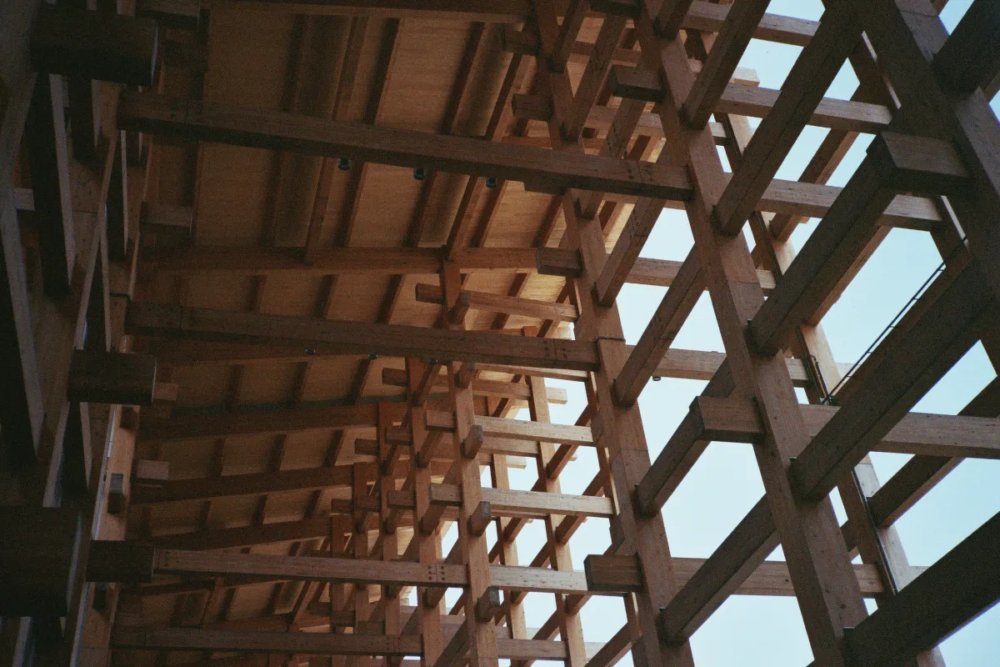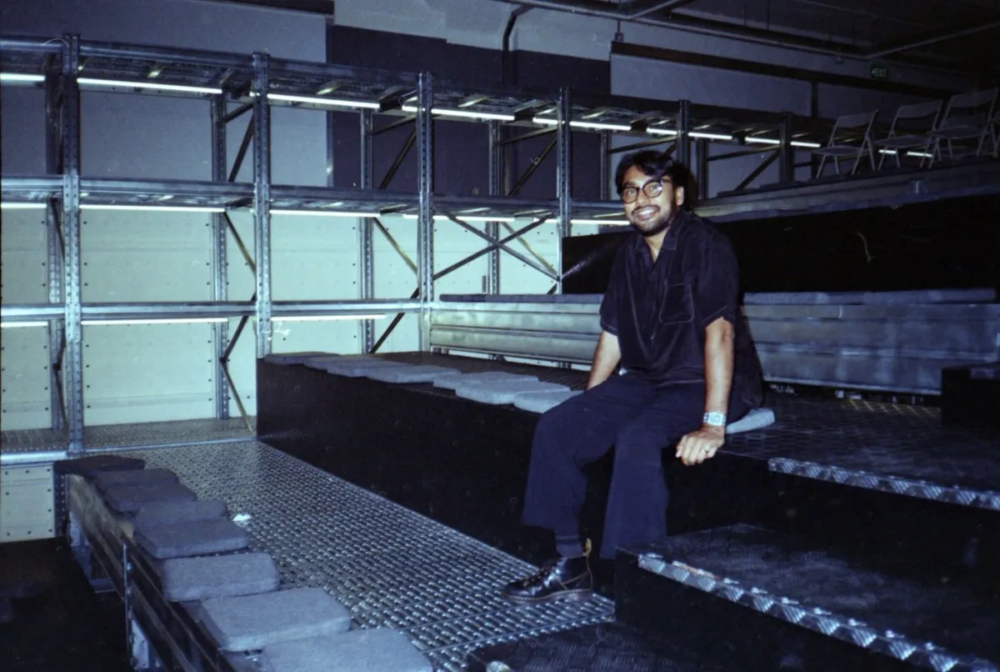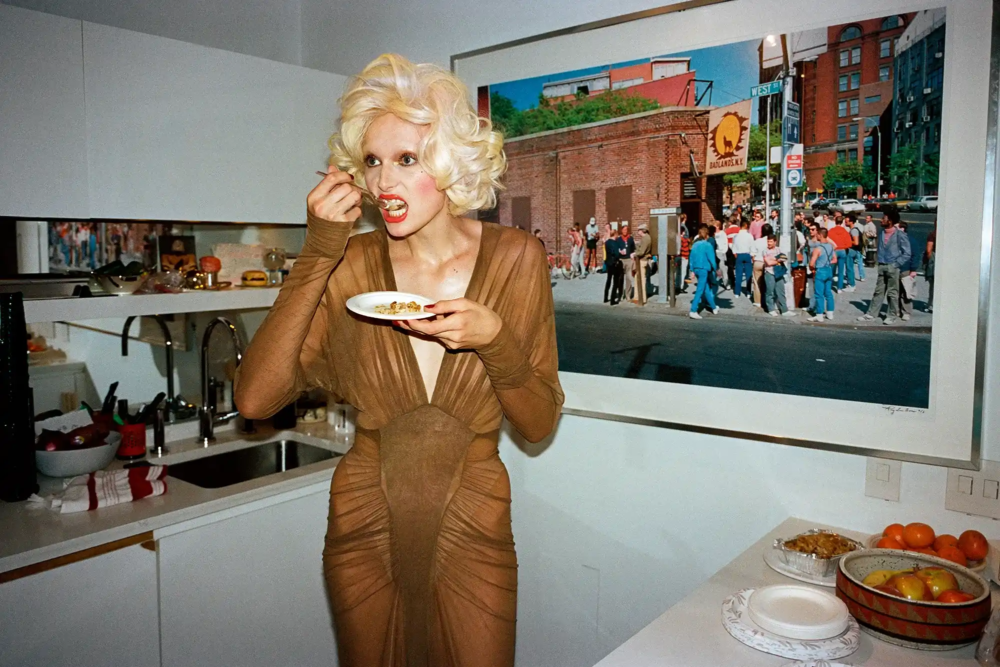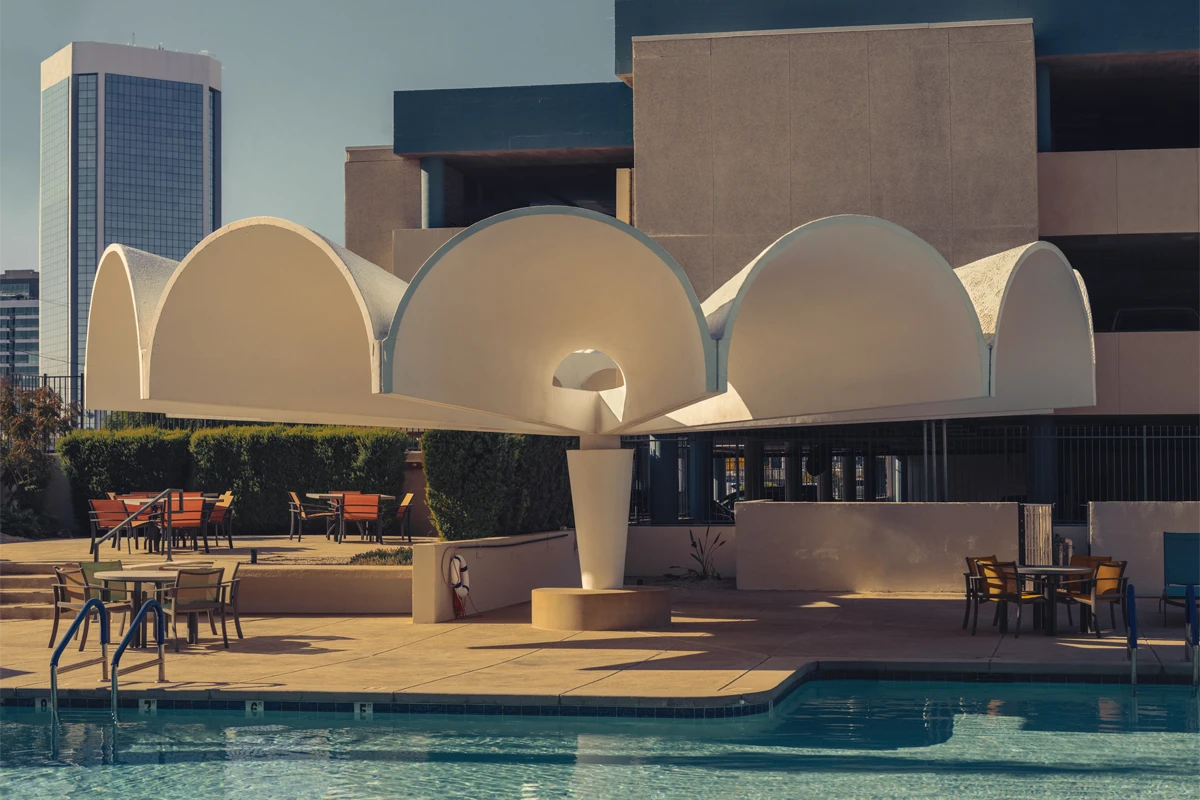
Yvon Lambert’s Paris outpost reinvents the classic gallery
Weaving a bookshop, a publishing house, and a spirit of serendipity into an ever‑shifting cultural laboratory – Yvon Lambert is currently showcasing Distances, the new exhibition by photographer Romain Laprade
An interview with Ève Lambert, director of Yvon Lambert Paris – the space hosts the exhibition Distances by photographer Romain Laprade
Bookshop, gallery, and publishing house under one roof, Yvon Lambert Paris operates less like a fixed institution and more like a living organism—morphing as culture morphs, keeping time with the rhythms of the city, and forever prioritising the joy of unexpected discovery. At its centre is director Ève Lambert, who has shaped the space into an ecosystem where a reader might drift in for a novel, stay for a lecture, and leave with a rare photobook—or the spark of an idea.
This spring, the house deepened its relationship with photographer Romain Laprade. His new exhibition Distances opened in Paris on Thursday, 24 April and occupies the gallery until 24 May. To accompany the show, Yvon Lambert Éditions released Distances Vol. III, a 160-page volume that folds Laprade’s eye for colour and geometry into book form. Although most photographs were made over the past two years, carefully selected archival images act as connective tissue, threading the present to earlier excursions and reinforcing the artist’s fascination with architectural detail, surface, and scale.

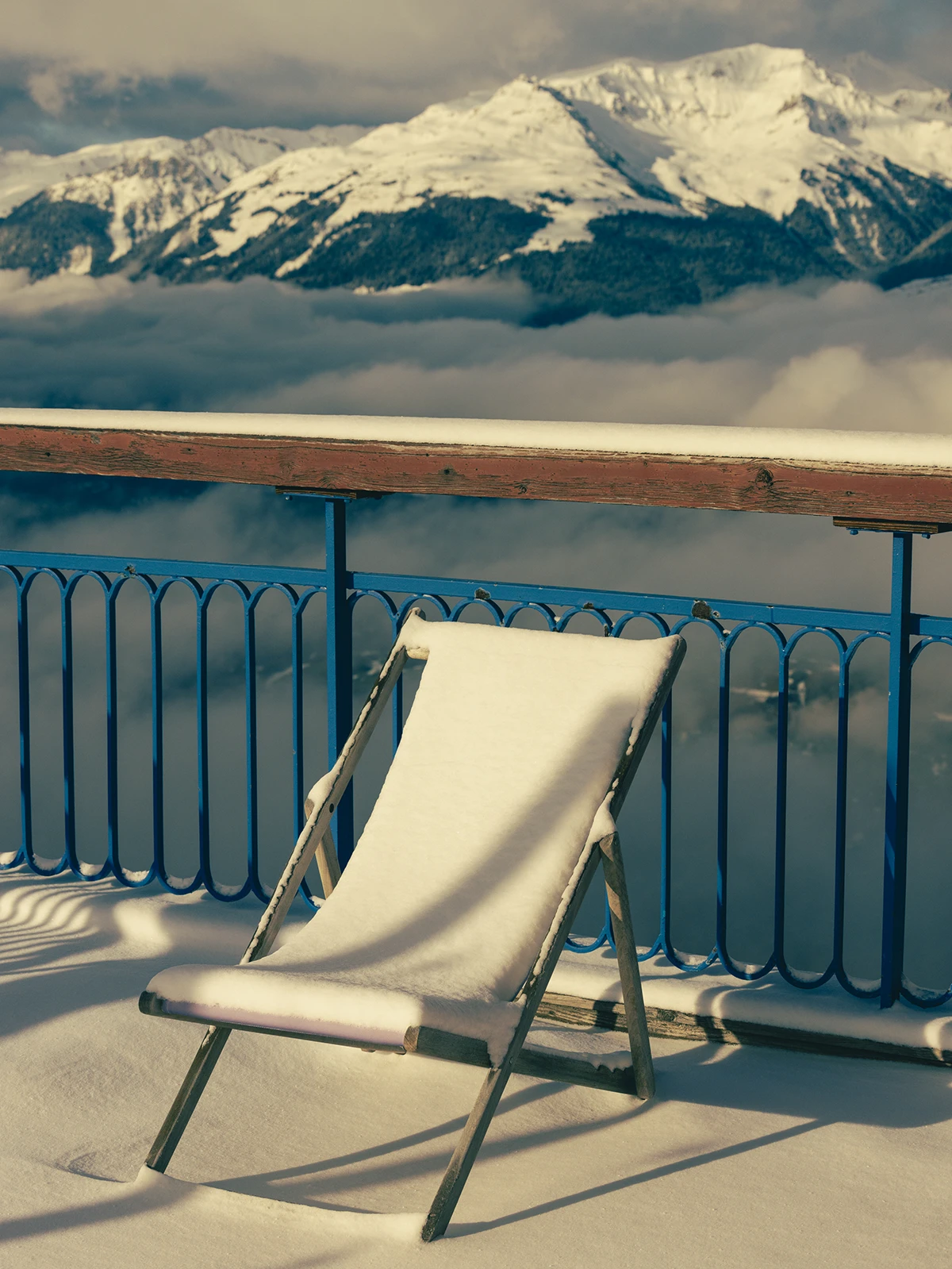
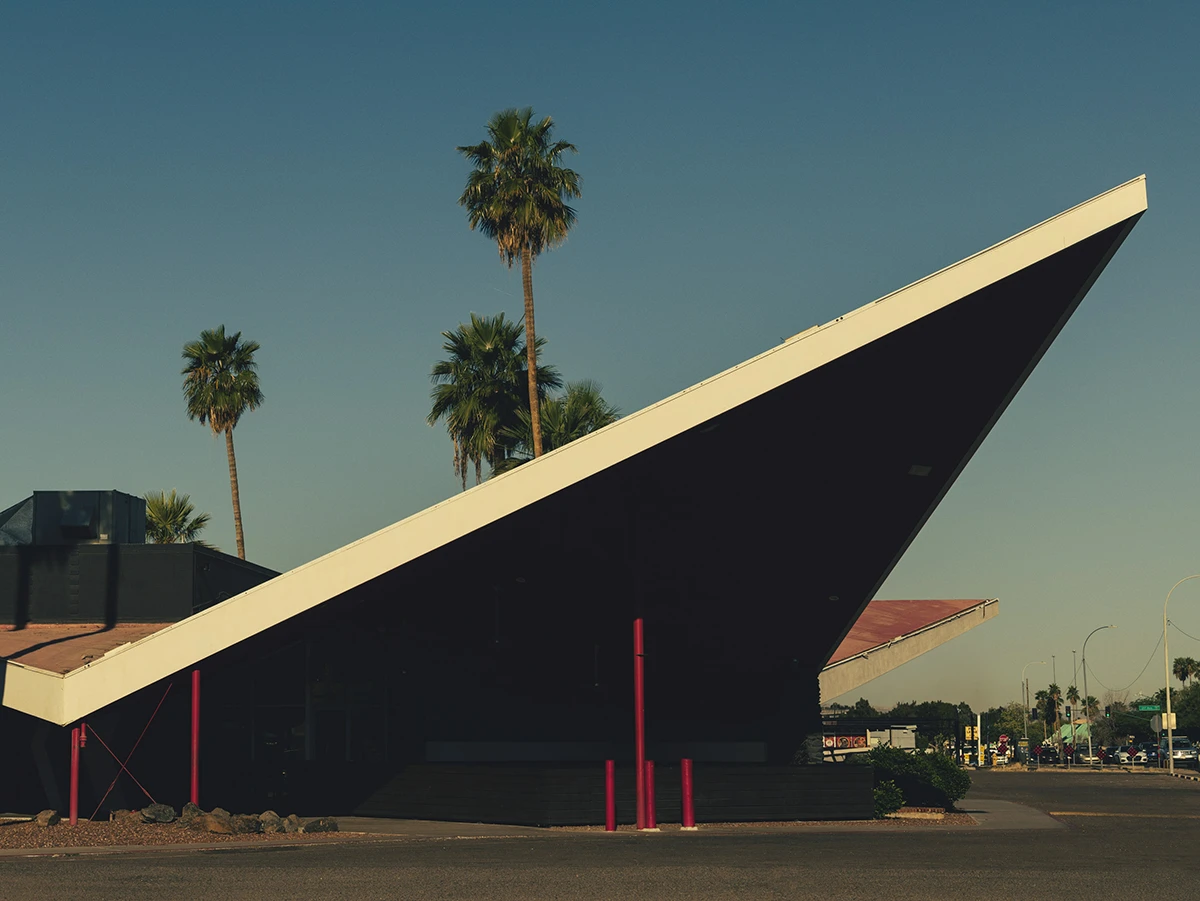
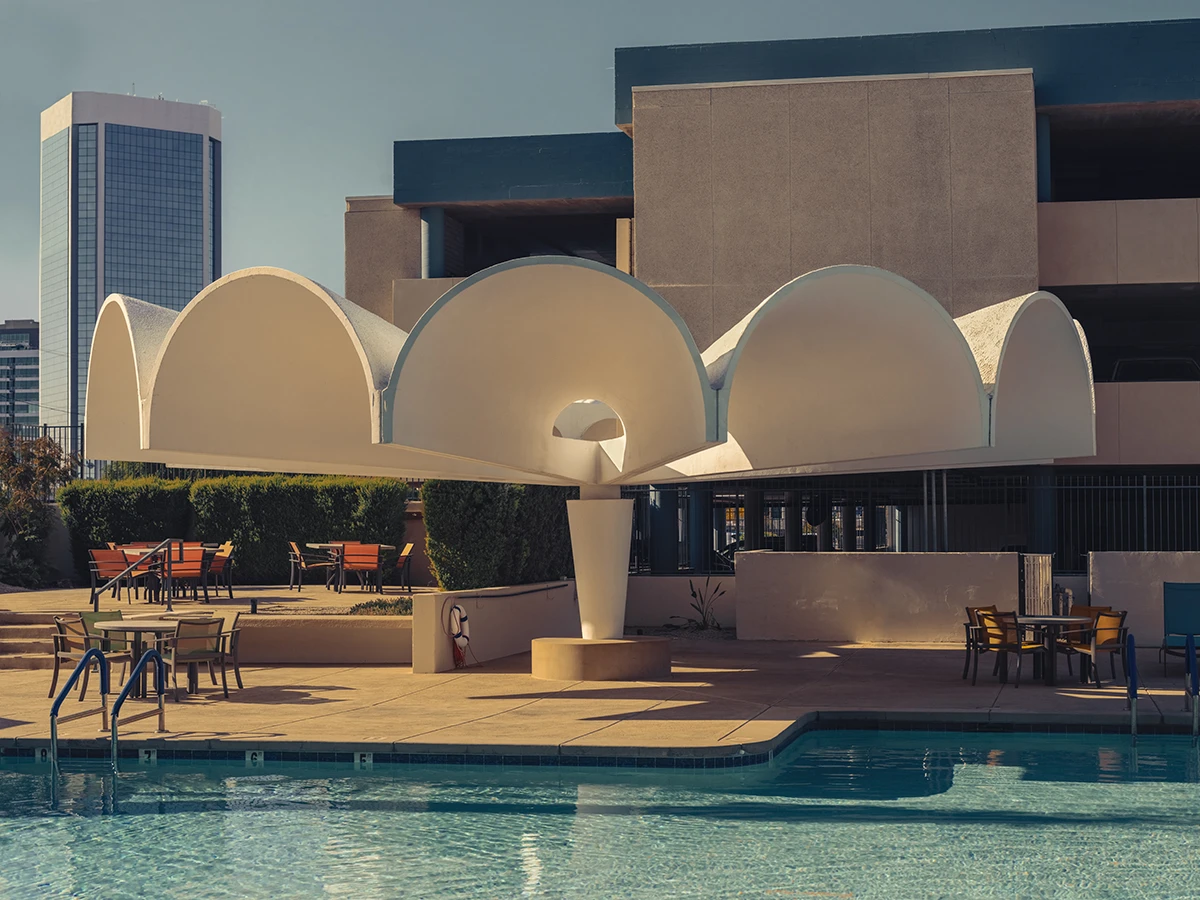
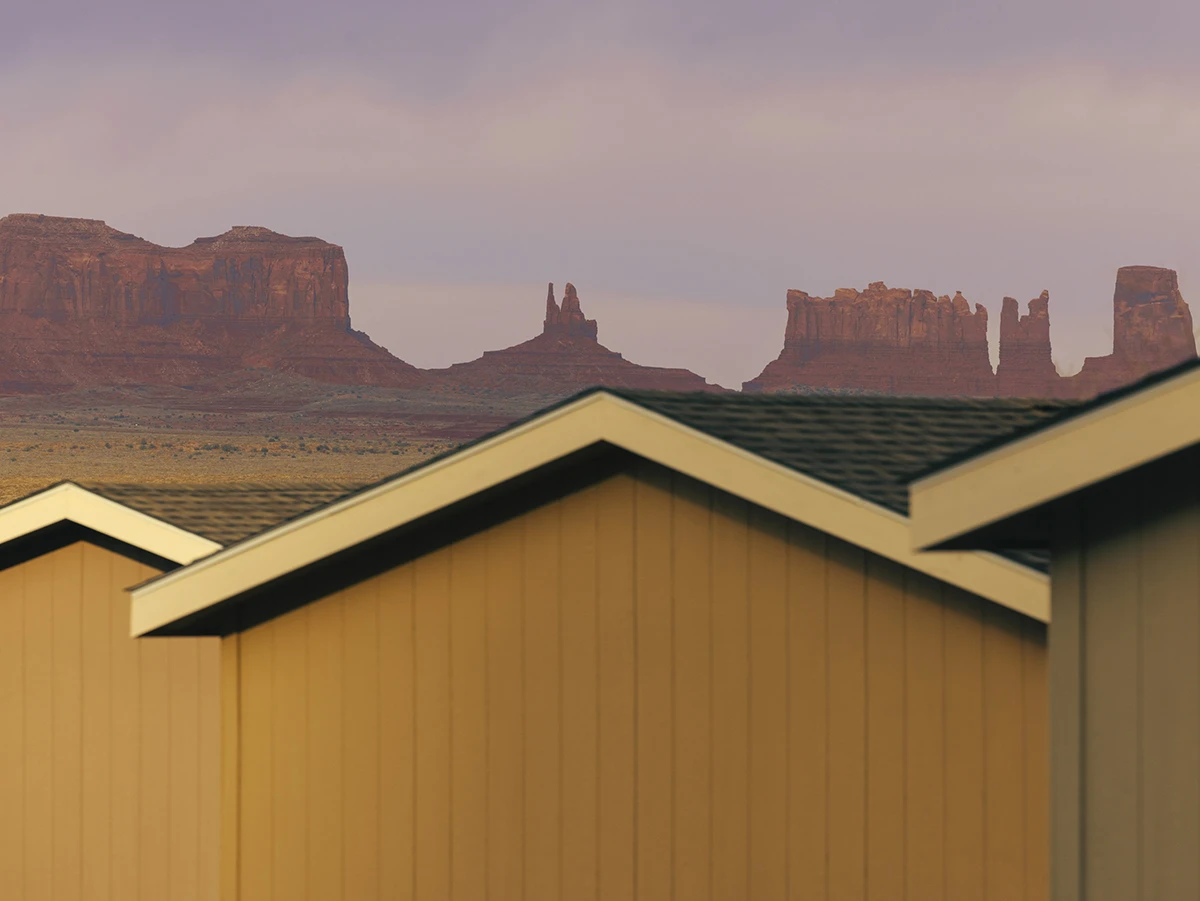
Ève Lambert opened a new space in the Marais in 2017
Art dealer Yvon Lambert opened his first Paris gallery in the 1960s, when Saint-Germain-des-Prés buzzed with poetry readings and jazz. By 1972 he was introducing European audiences to American Conceptual, Minimal, and Land artists—names like Lawrence Weiner, Robert Ryman, and Richard Long—while championing European contemporaries who shared a taste for experiment. In the 1980s Lambert sensed that photography and video were ascendant. He staged landmark shows that positioned lens-based work on equal footing with painting and sculpture, presaging a shift that now feels inevitable.
A watershed came in 2012, when Lambert donated more than 500 works—by then a large part of his personal collection—to the French State. The gift, extraordinary in both value and vision, guaranteed public access and established a permanent home in Avignon, complemented by rotating exhibitions curated by the museum’s team. Two years later, in 2014, the dealer closed his grand Paris gallery, choosing instead to pursue a more intimate scale.
Enter Ève Lambert, who in 2017 opened a new space in the Marais—equal parts bookshop, micro-gallery, and independent imprint. Where the original gallery focused on blue-chip contemporary art, the Marais hub embraces a deliberately porous model: art books mingle with literature, talks rub shoulders with signings, and visitors are as likely to encounter a poet as a painter on any given afternoon. Twice a week, free events turn the floor into a salon; nothing stiff, just conversation—often bilingual—between practitioners, readers, and the merely curious. The result is a beacon that feels both ultra-specific and wonderfully public.
A Space of Multitudes—Yet a Clear Identity
Although the gallery, bookshop, and press share the same street address, Ève insists each keeps its independence. A show can bloom without a corresponding book; a monograph may appear without any pressure to hang the pictures on the wall. This freedom feeds experimentation. Alongside cloth-bound editions, Yvon Lambert produces limited-edition posters, silk-screened tote bags, and small sculptural objects that hover between artwork and design piece. A Tuesday might bring a reading by a novelist; Wednesday, a discussion on paper grain; Thursday, a sound performance testing Pierre Schaeffer’s theories of musique concrète.
The space avoids the velvet-rope syndrome that can plague the art world. Prices range from €15 paperbacks to five-figure collector’s boxes, ensuring that a student and a seasoned collector can browse the same table and feel equally at home. “The aim,” Ève stresses, “is to make curiosity contagious.”
The Selection Philosophy at Yvon Lambert Paris: Sustainability as Method
Publishing decisions at Yvon Lambert Éditions are the opposite of scattershot. Rather than placing gargantuan offset orders, the team will commit to a small print run—often 700 or 900 copies—to see if a title resonates. If it does, a quiet reprint follows. If not, the book slips out of orbit, making room for the next surprise. No consignments: every title is purchased outright, funnelling risk back onto the house and signalling confidence to the artist.
Ève frames the approach as both sustainable and reader-centric. Fewer unsold books means less waste, but also a curatorial sharpness: shelves refresh continuously, coaxing repeat visitors. The store resists Amazonian over-abundance. Instead of mirroring the best-seller lists, it privileges writers, photographers, and theorists working at the edge of their discipline, ensuring that even a quick browse can act as a miniature education.
“The internet is miraculous,” Ève concedes, “yet scrolling breeds a kind of flattening. You need the friction of a page—its weight, its scent—to make an encounter stick in the memory.”
For similar reasons, Yvon Lambert skips the commercial marathons of giant book fairs. Its next appearance will be in the Rare Book Fair at Art Paris this June, a modestly scaled gathering where limited editions and out-of-print gems invite slow looking rather than speed shopping.
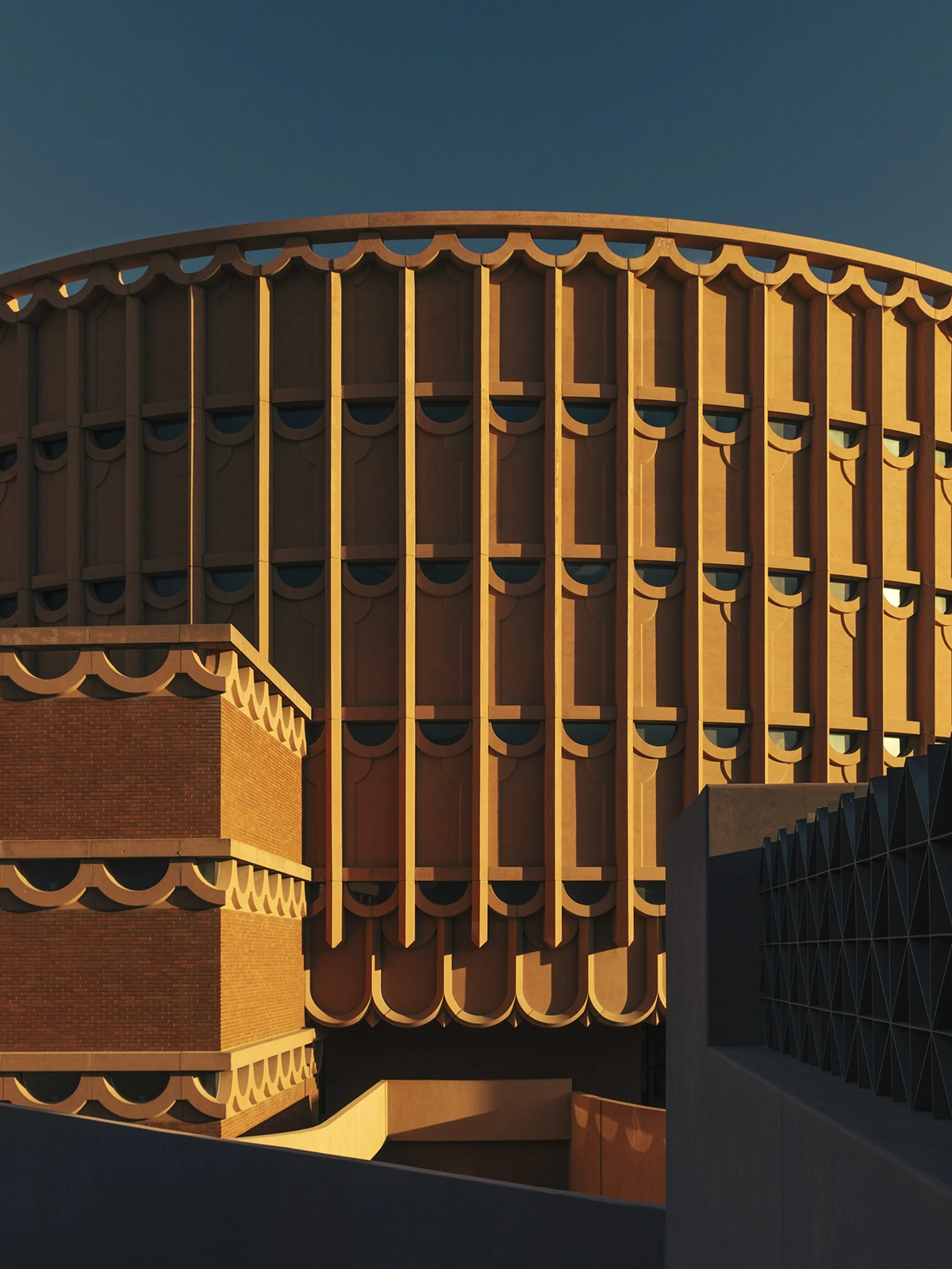
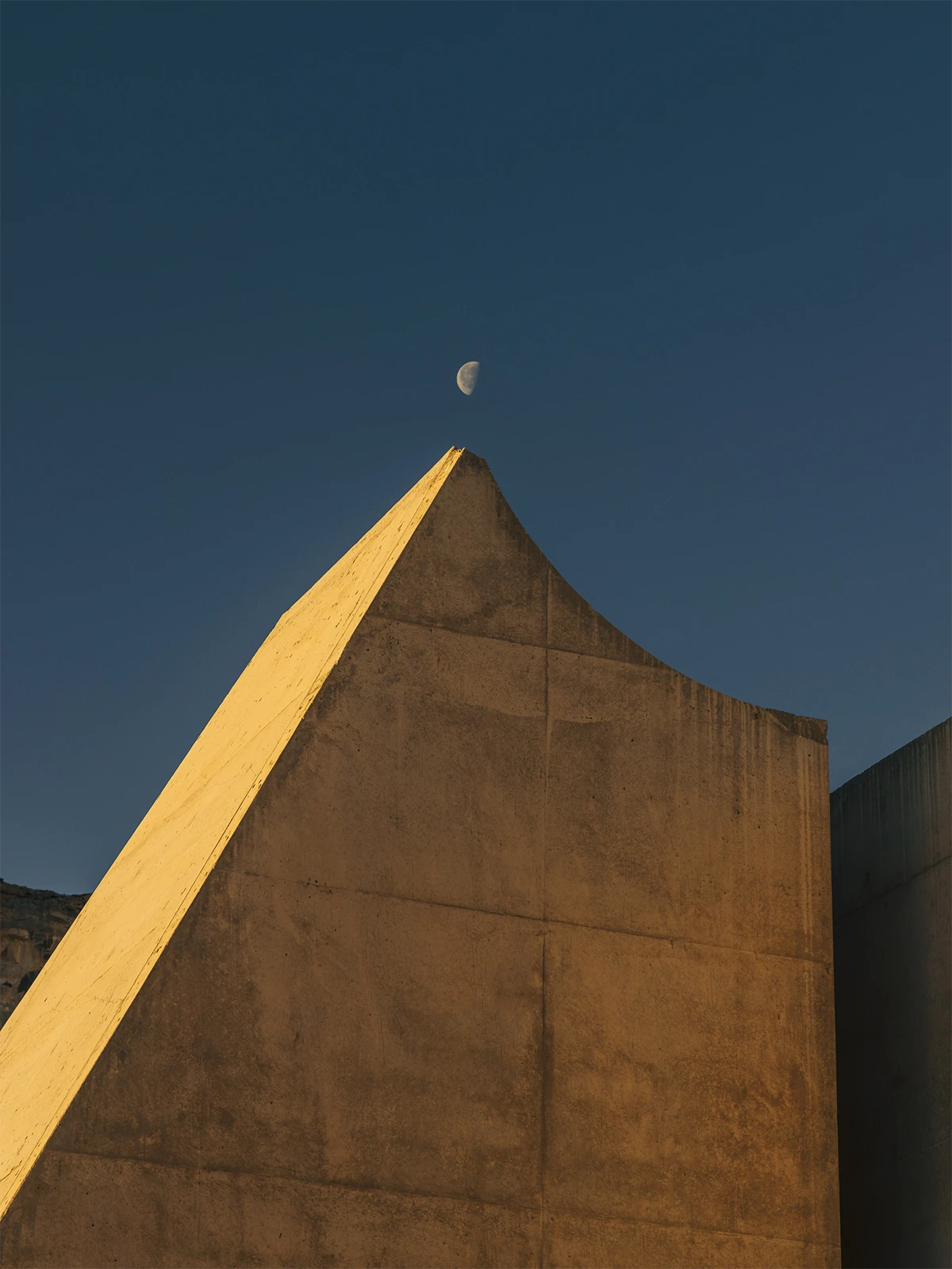
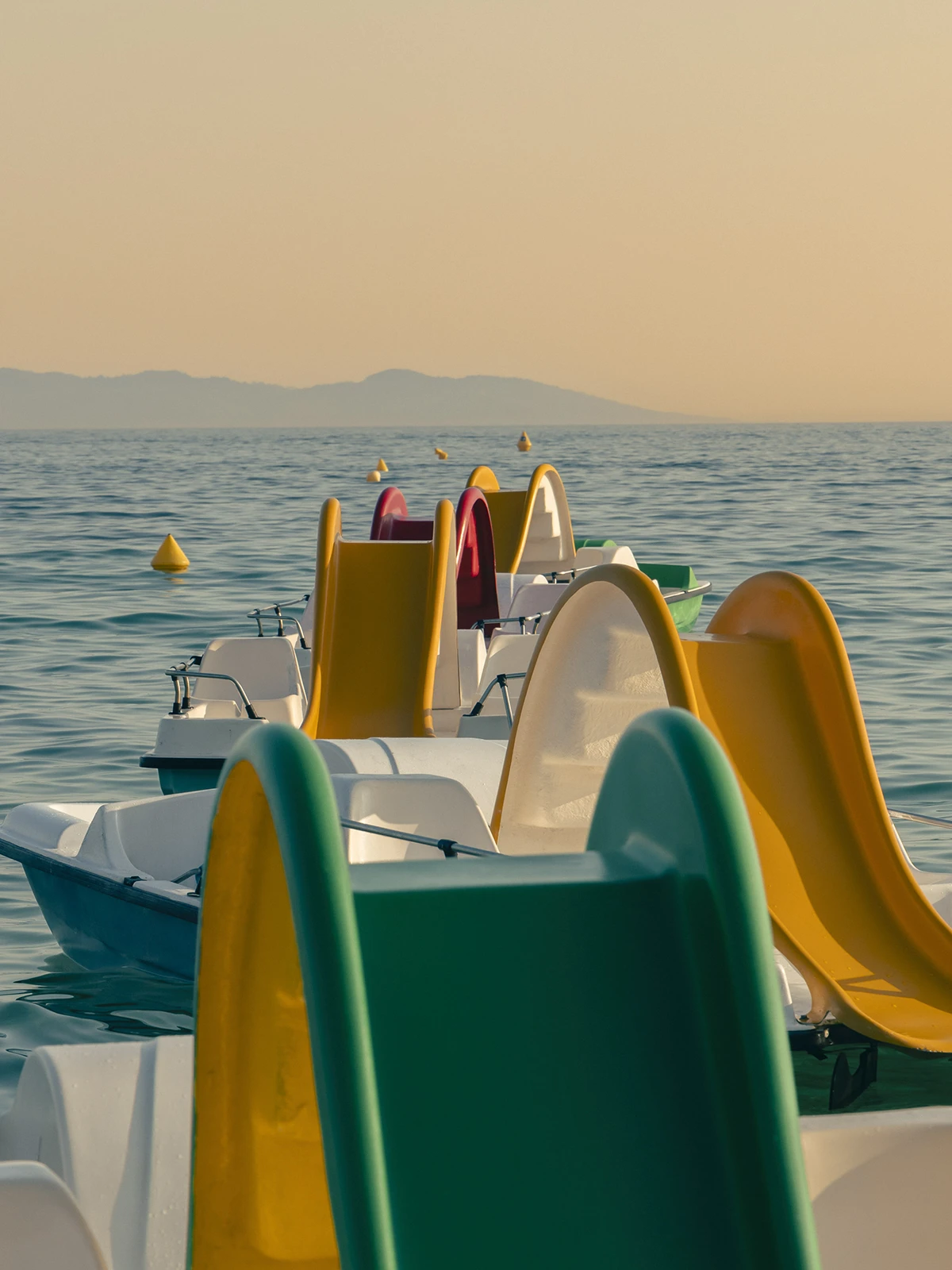
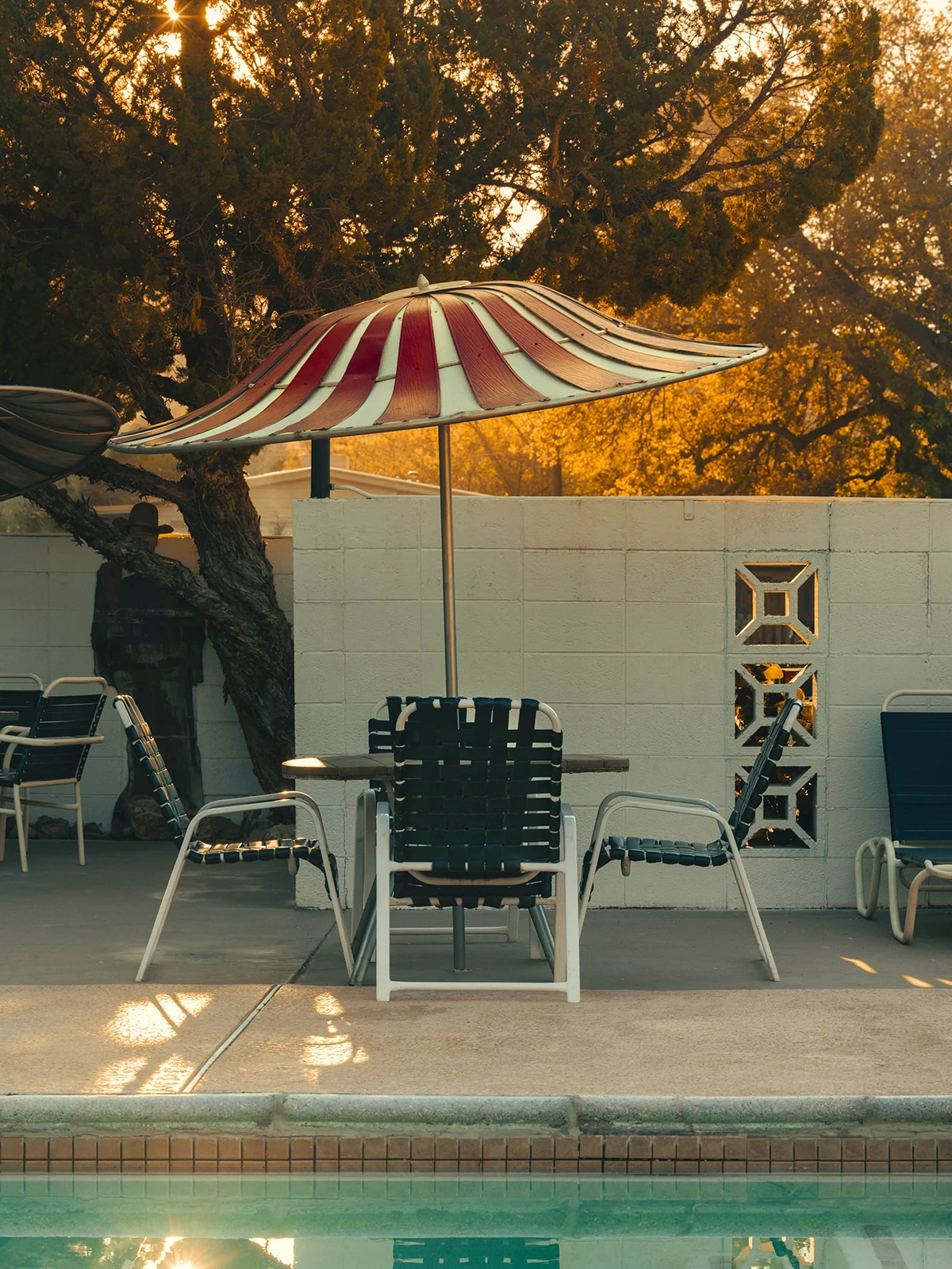
Flagship Projects: From Locus Solus to Pli selon Pli
Among the press’s signature endeavours is Locus Solus, a series of single-sheet artworks folded like elegant letters, each by a different artist, sold singly, and affordable to the first-time buyer. Another flagship is Pli selon Pli (2017–ongoing), a bibliophile collection limited to 50 signed and numbered copies per title. The series borrows its name from Pierre Boulez’s kaleidoscopic score, and like Boulez, the books revel in structure and surprise: loose sheets, gatefolds, tipped-in fragments, and inserts that require the reader to perform a choreography of unfolding. That interplay of music, text, and image speaks to Lambert’s conviction that art’s richest conversations happen between, rather than within, disciplines.
Romain Laprade: Four Books, Many Exhibitions, One Shared Vision
The partnership with Romain Laprade began almost by accident. Ève admired his work online—sun-bleached façades, swimming pool edges, staircases turned into abstract colour-fields—and months later Laprade walked into the bookshop. Talk turned swiftly to making a book.
Since then, the pair have produced four volumes—Distances (2019), Polaroids (2021), Utopia (2023), and now Distances Vol. III—each coinciding with an exhibition. Laprade is no passive author: he sketches layout thumbnails, debates paper weights, and fine-tunes sequence until images click into cinematic flow. Trust runs both ways. The gallery grants him latitude; he reciprocates with rigour.
The new show extends that conversation. Large-scale prints anchor the walls, while a vitrine displays maquettes charting the book’s evolution. Viewers move from the architectural hush of a Californian parking ramp to the humid greens of a Vietnamese greenhouse, sensing the photographer’s obsession with distance—spatial, emotional, temporal—as a poetic measure.
“The relationship feels organic,” Ève reflects. “We dislike hierarchy. If Romain says a page needs more air, we adjust the margin. If I sense an image disrupts the rhythm, we re-sequence. It’s a dialogue first, a product second.”
Looking Forward: Depth Over Scale
Running the Marais space is a tight crew, many of whom have been on board for a decade. Continuity allows for long-form thinking; exhibitions are planned years out, and the press juggles multiple titles in various stages of gestation.
“I’m not chasing bigger audiences,” Ève says, “or multiple branches cloned around the globe. Fame is not the metric. What tempts me is perhaps a slightly larger room—enough wall to hang more emerging artists, enough floor to host a concert without rearranging all the shelving. Growth here means intimacy amplified, not diluted.”
Yvon Lambert Paris—An Evolving Legacy
Yvon Lambert was founded in 1966 and quickly became a trailblazer, introducing European audiences to American Conceptual, Minimalist, and Land Art. In 2012, Yvon Lambert cemented his legacy by donating more than 500 works to the French State, now housed in Avignon. Five years later, in 2017, the project was reborn in the Marais under Ève Lambert as a hybrid bookshop, gallery, and publishing house. Today the enterprise acts as a vibrant bridge between publishing, collecting, and cultural dialogue—proof that an art space can evolve without losing its soul. A visitor might arrive to see a Romain Laprade print and leave with a Jenny Holzer postcard, a Nathalie du Pasquier fold-out, or simply the echo of a conversation overheard while flipping through pages. For Ève, that atmosphere of curiosity, community, and open-ended discovery is the truest measure of success.

